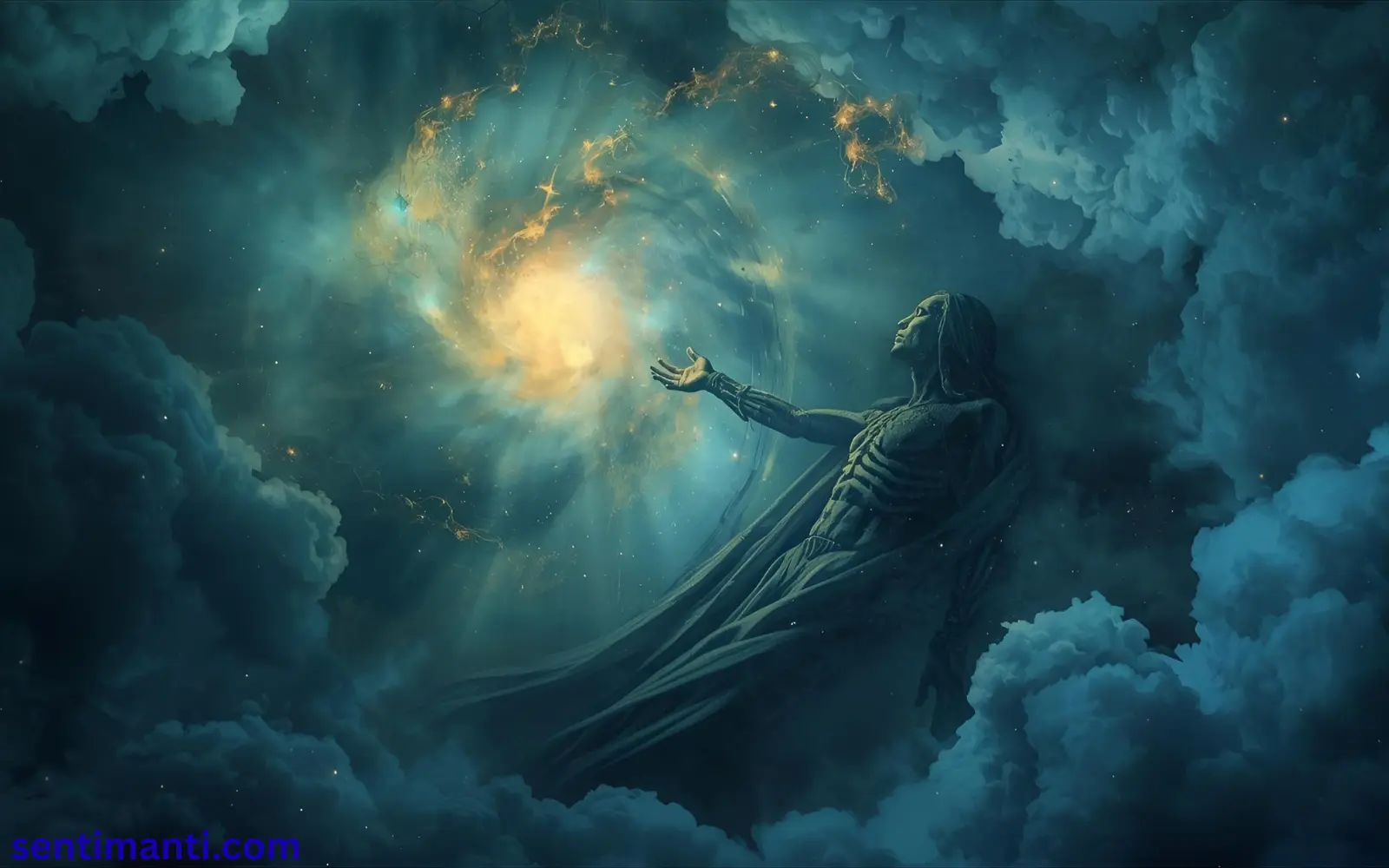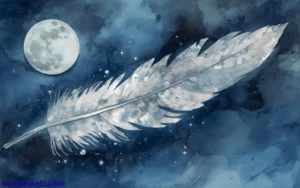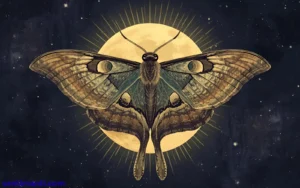It was a quiet evening when Maya noticed a black moth resting on her windowsill.
At first, she felt a shiver run down her spine.
Thoughts of endings and loss surfaced, but she sensed something deeper—a spiritual message about transformation and renewal.
Often, encounters like these are more than coincidences; they carry profound guidance for our soul’s journey.
Understanding the spiritual meaning of seeing a death symbolism can help us process grief, embrace change, and find inner peace.
Death symbolism appears in many forms—animals, colors, art, and even literature.
While it may feel unsettling, it often signals the end of a phase, the beginning of transformation, or an invitation to reflect deeply on our lives.
Let’s explore the hidden meanings behind various death symbols and how they touch our spiritual and emotional selves.
The Masque of the Red Death Symbolism
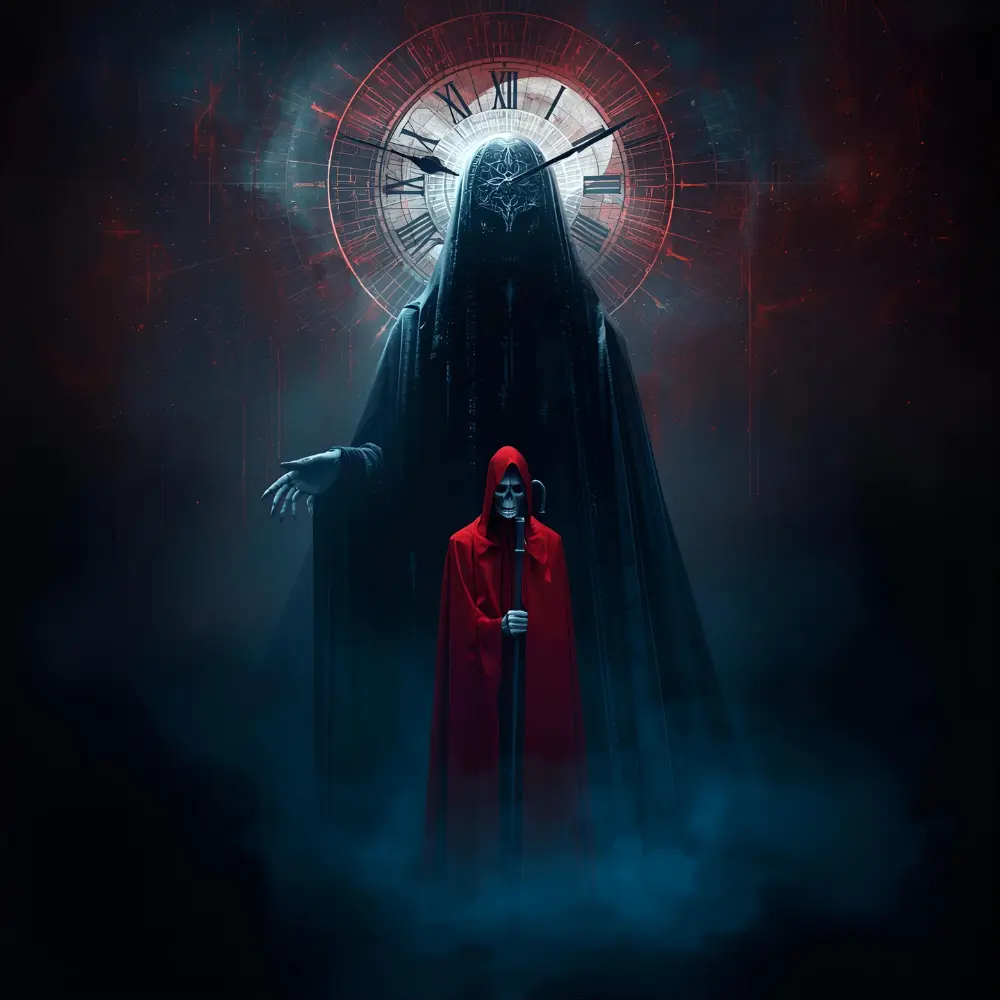
Edgar Allan Poe’s The Masque of the Red Death is a striking literary depiction of death symbolism. The story illustrates that no one can escape death, no matter wealth, power, or status. The vivid imagery of the Red Death sweeping through the palace symbolizes the inevitability of endings and the transient nature of life. Spiritually, seeing this symbolism encourages us to acknowledge life’s impermanence, release attachments, and embrace present-moment awareness.
Even in literature, death is not just an ending; it’s a mirror reflecting the cycles of life. The Red Death reminds us to confront our fears, accept change, and find strength in surrender.
Masque of the Red Death Symbolism
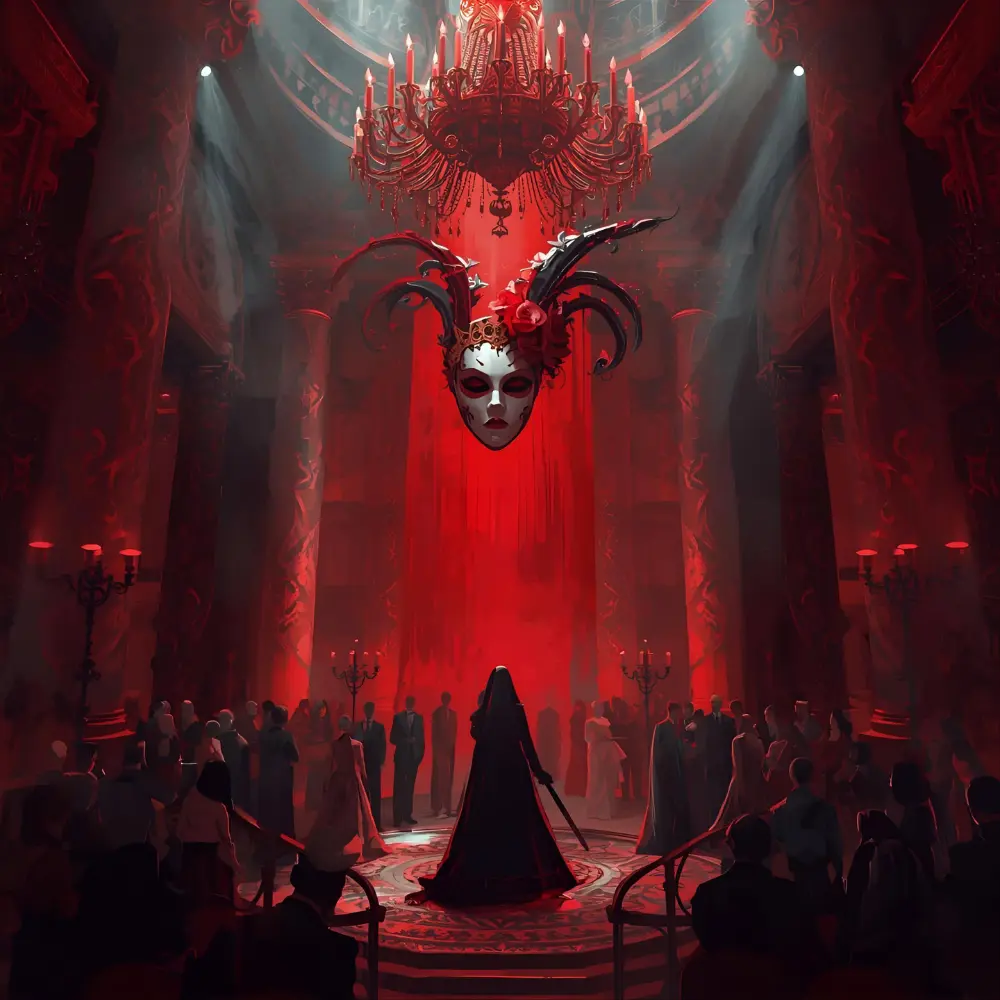
While similar to the previous heading, this explores broader interpretations. Beyond Poe’s narrative, the Red Death symbolizes societal denial of mortality and spiritual awakening. Experiencing or meditating on this symbolism can evoke deep emotional reflection, urging you to face suppressed emotions and heal inner wounds. In spiritual practice, it may represent a call to transform your life, letting go of habits, relationships, or beliefs that no longer serve you.
Butterfly Death Symbolism
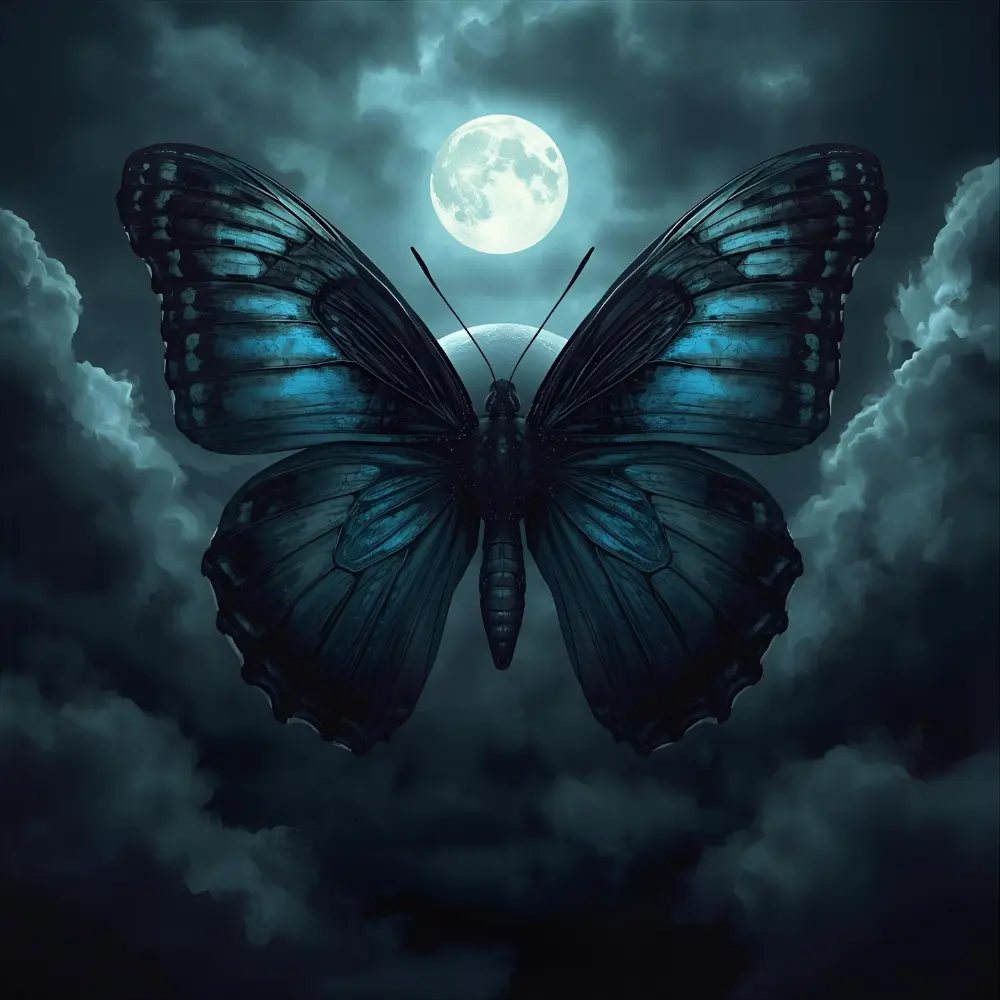
Butterflies are often associated with life and rebirth, but they also carry strong death symbolism. In many cultures, seeing a butterfly—especially a dark or black one—can signify the passing of a soul, the end of a chapter, or spiritual transition. Butterflies remind us that death is not the end but a metamorphosis, a necessary transformation that allows the soul to evolve.
Spiritually, encountering butterfly death symbolism encourages acceptance, gratitude for life’s fleeting moments, and emotional release. It’s a tender message that endings often make way for new beginnings.
Death Symbolism in Art
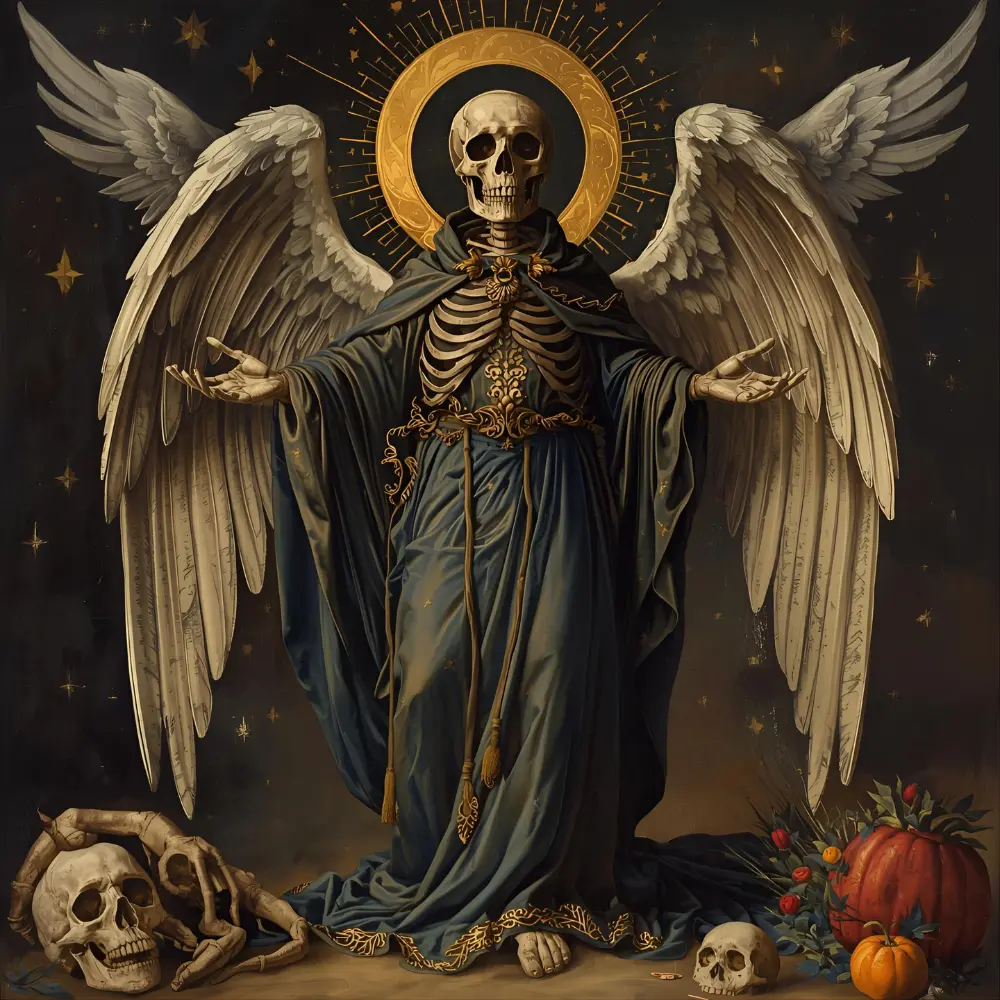
From Renaissance paintings to modern installations, art frequently portrays death to provoke reflection and empathy. Skulls, decaying flowers, or shadowy figures often depict mortality while inviting viewers to appreciate the beauty of impermanence. Art’s death symbolism is a spiritual tool, nudging us to confront fears, process grief, and embrace the transformative power of endings.
Engaging with such art can evoke strong emotions, helping us release suppressed feelings and develop a more compassionate understanding of life’s cycles.
Owl Death Symbolism
Owls are mysterious creatures often linked with death and the afterlife. Seeing an owl can indicate that someone is transitioning, that hidden truths are surfacing, or that you’re being guided to look inward. Spiritually, owls symbolize wisdom gained through endings, encouraging reflection on past experiences and preparing for transformation.
Encountering owl death symbolism can awaken your intuition, making you more sensitive to subtle spiritual messages and the natural cycles of life and death.
Moth Death Symbolism
Moths, particularly dark or nocturnal ones, carry death symbolism akin to butterflies but with a stronger connection to the spiritual unknown. They often appear during times of emotional intensity, signaling a need to confront hidden fears or impending change. Spiritually, moths encourage self-awareness, release, and transformation.
A moth’s quiet presence is a reminder that death symbolism can be gentle, guiding you to embrace endings with grace and courage, rather than fear.
Life and Death Symbolism
Life and death are inseparable; understanding their symbolism can profoundly shift our perception. Many spiritual traditions emphasize that death is a natural counterpoint to life, representing balance, renewal, and evolution. Recognizing this duality allows us to appreciate every moment, honor the cycles of change, and embrace our own spiritual growth.
Meditating on life and death symbolism fosters resilience and a deeper sense of emotional peace, teaching that endings are not failures but opportunities for rebirth and self-discovery.
Flowers Death Symbolism
Flowers, with their delicate beauty and fleeting lifespan, are powerful symbols of death and impermanence. Lilies, chrysanthemums, and marigolds often appear in funerals, reminding us of transience and memory. Spiritually, flower death symbolism encourages honoring the past, celebrating beauty in endings, and understanding that every conclusion nurtures a new beginning.
Observing flowers as death symbols can bring comfort and emotional clarity, helping us navigate grief while appreciating life’s ephemeral joys.
Real-Life Scenarios
- A sudden loss of a pet: You see a butterfly in your garden shortly after your pet passes. The butterfly acts as a spiritual messenger, suggesting your pet’s spirit is free and at peace.
- Career change or relocation: A moth enters your home as you contemplate quitting your job. It signals transformation and new opportunities after an ending.
- Processing grief: While visiting a cemetery, you notice owls nearby. Their presence may indicate spiritual guidance, reminding you that death is part of a natural cycle.
FAQs
1. Does seeing death symbolism mean someone is going to die?
Not necessarily. Death symbolism usually represents endings, change, or transformation, not literal death.
2. Are certain animals more associated with death spiritually?
Yes. Animals like owls, moths, and butterflies often symbolize spiritual transitions or endings.
3. How can I interpret death symbolism in dreams?
Dreams featuring death often signify personal transformation, letting go, or fear of change. Pay attention to emotions and context.
4. Is death symbolism always negative?
No. It can be healing, transformative, and enlightening, helping us embrace new beginnings and personal growth.
5. Can flowers or art provide spiritual insight into death?
Absolutely. Both mediums can evoke reflection, acceptance, and emotional healing, serving as gentle reminders of life’s cycles.
Conclusion
Encountering the spiritual meaning of seeing a death symbolism may feel unsettling, but it carries profound guidance for the soul.
Whether through animals, art, or literature, death symbolism teaches us to accept change, embrace transformation, and release fear.
By opening our hearts to these messages, we can navigate endings with courage and grace, finding peace, healing, and renewal in every chapter of life.

Discover heartfelt and inspiring quotes on Sentimanti.com by Andrew Jones. Explore trending, creative, and thought-provoking quotes. Perfect for sharing on social media and WhatsApp. Engage with unique content that sparks reflection and joy. Stay inspired daily with fresh, uplifting insights.


